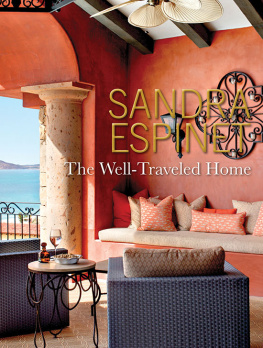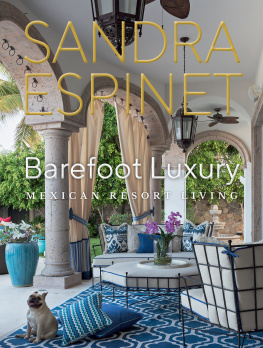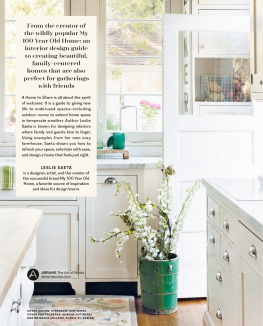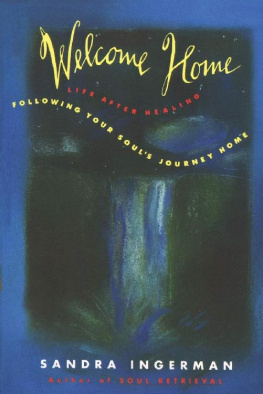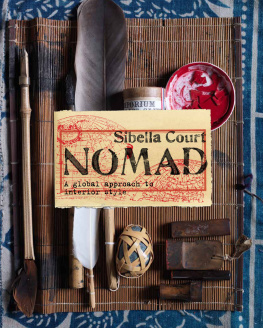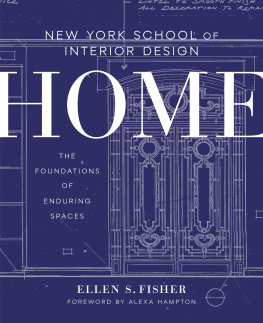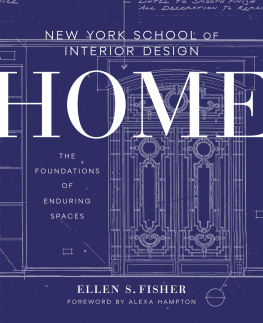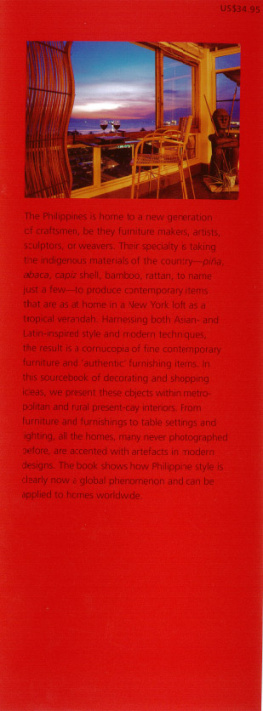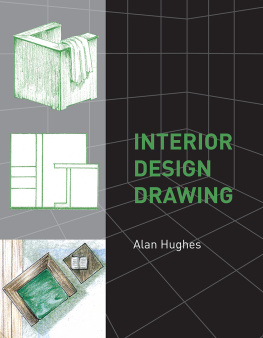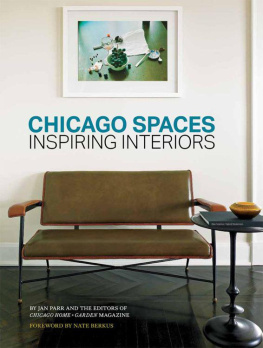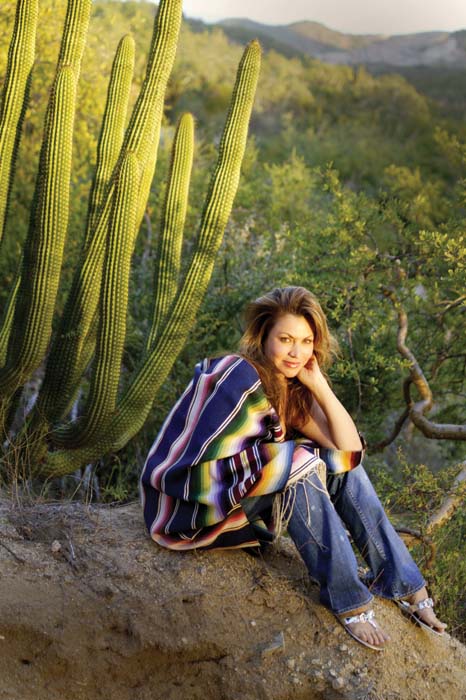Introduction
First, a confession: I didnt come to the life of a transcontinental nomad overnight, or easily or even on purpose. As a child, I was essentially in tow to busy parents as my father practiced his profession across time zones. So, of necessity, I turned the 737s of Avianca and VIASA and TWA into my homes away from home. Everythingfrom the newspapers and magazines left behind in the seat pockets to the duty-free gift shops of international terminalsinformed my young understanding of what I thought was attractive and worthy and exciting in the world. In other words, I simply did what any other bewildered kid does when dragged along on the agenda set by her parents: I made the most of the situation. I watched and learned and took notes and hoped that the future would afford me the opportunity to integrate all of my impressions into something cohesivea look, an outfit, a group of friends, a suite of furniture, a seaside villa of many rooms. A passion.
You know, when unique objects and found treasures from anyones travels are pulled together, they tell an authentic and personal story. As an interior designer, the compelling challenge for me, then, is to ensure that this story is beautiful and accessible to my clientele and their families and friends going forward, that this story is as visually arresting and appealing as it is welcoming and comfortable. I suppose I would say that the essence of my interior design work seeks to reflect the evolving interplay of the domestic and the international, while remaining true to my intent to create alluring family living spaces and home environments.
Blending the fabulous objects culled from particular corners of the globe is a delicate art form. Over the years, I have endeavored to fearlessly embrace the space between our conventional notions of here and there, of home and away, and to make that uncertain terrain my playground, atelier and design forte. As The Well-Traveled Home will illustrate, the outcomes possible in this territory can and should be spectaculara crossroads between ideas and space, wood and steel, wet and dry, al fresco and enclosure, Frieda Kahlo and Velasquez, you and me.
I describe my role in this process as a mix-master of eclectic convergence, a specialist in the fearless melding of exotic elements with traditional furnishings from our neck of the woods into stylish and unforgettable presentations of comfort and calm, exhilaration and extravagancein a word, the world. In truth, fitting the right pieces into the right rooms within a plausible design scheme is my ultimate happiness. It is how I process and make sense of the data dump world we all must wade through.
Professionally, I have been navigating this shape-shifting line between the sublime look of the lobbies of the Four Seasons in New York or the Danieli in Venice or the jewel-like riads of Tangier and the fun but misfortunate kitsch of tiki and tapas bars, import/export emporiums, and revival-this and homage-that for the better part of the last decade and change, all across the Americas, in flip-flops with a beat-up Birkin bag. I have accumulated a discerning though exuberant clientele who are au fait with transcontinental hopscotching across the United States as well as Europe, Asia, northern Africa, and both coasts of Latin America. My clients appreciate the spoils resulting from my personal appetite for adventure to the remotest outposts of the least likely countries. I have championed for them a sort of post-expedition take on the incorporation of the exotic and the banalfewer zebra stripes and Chinatown lanterns, more Moroccan ceramics and Turkish metal sconces and pendants. I have sought out the new, the vibrant, and the authentic from far-flung cultures and occasionally inhospitable marketplaces with quality, design integrity, and beautiful usefulness as the watchwords of ultimate importance.
As a lifelong gypsy, I subject each and every acquisition to my own contrived litmus test: Will I begrudgingly maintain this bureau or will I cherish it from now onward, moving it with care and judging it worth the freight? The nonessential reveals itself pretty quickly using this strict guideline. My mantra is obviously go big, but going big can be executed in reverse, by removal or restraint. Not every corner or every wall will need to be occupied with adornment. The resulting sparer, barer aesthetic in my work features a lot of uncovered stone and tile floors and naked masonry or plastered walls so that the importance of harmonized furniture and lighting and accessories is crucial and dramatic.
These interiors are meant to soothe and inspire; there isnt time or tendency for overly ornate spaces cluttered with opulent antiques. Ive read myself quoted and I naturally agree that I will always prefer a simple view of the ocean to a fussy rococo seventeenth-century desk. The design elements that have come to represent my signature style elegantly corroborate this point of view: the sweeping al fresco orientation of rooms featuring magnificent vistas, bold and elemental furnishings, exquisitely wrought artisanal pieces, dramatic artworks and exotic accessories sourced from all over the world. This nomadic work process and the thinking behind the correct blending of assorted possessions and acquisitions of the well-traveled client, the artful combination of the contemporary with the antique, the repurposing of various native architectural elements, the interplay of the cosmopolitan with the rustic is now second nature to me.
Surprisingly, I am a native of the tiny Caribbean nation of Trinidad and Tobago, but my actual upbringing, education and evolving career in the design world have had me traveling the length and breadth of the Americas again and again. As the daughter of a petroleum supervisor, I moved with my family every few years following the oil, from western Canada to the Altiplano of Bolivia and Peru to the Orinoco Oil Belt of Venezuela. I quickly developed a talent for making each new address feel if not entirely familiar then at least comfortable and home-like. Over the years my attraction to the vibrant color palette of the Andean indigenous peoples melded seamlessly with my love of the golden and emerald richness of the coastal pre-Columbians of northern South America. It was always the tasteful interiors shown on American television or in American magazines that seemed exotic to me in my youth, although I did come to appreciate New England restraint after attending college in Bostonall of that rectilinear order and puritanical symmetry.
Oddly, this unorthodox background, the tropics, New England, and Los Angeles laid the groundwork for what now feels to me like a sixth sense with artful blending of the decorative arts from many quite different cultures. Middle Eastern inlaid bone chests, Thai carvings, Moroccan pottery and Mexican travertine never seemed unlikely dcor companions to me. As will be seen across the pages of

